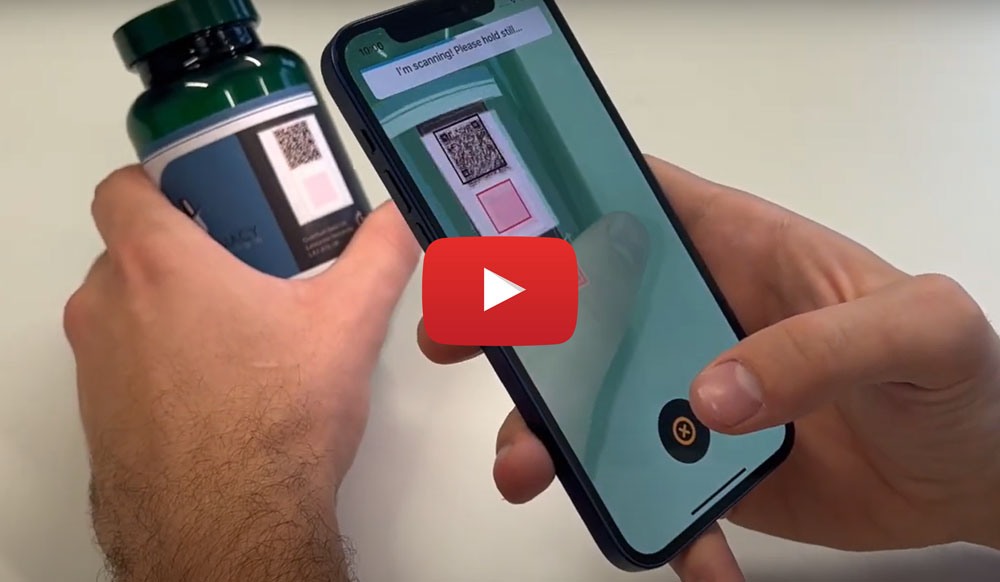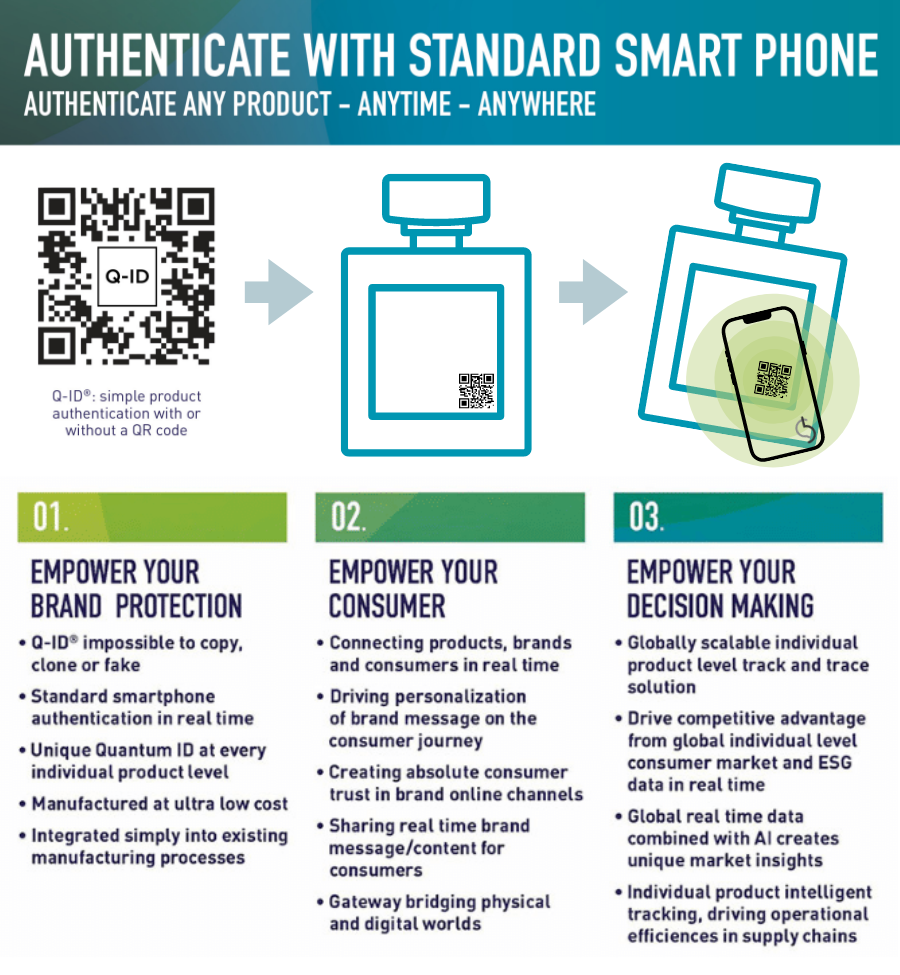In 2022, the global market for perfumes was valued at around $40 billion, and is expected to grow to $69 billion by 2032. This popular and expanding market makes perfumes the target of unreputable sellers, and the rise of counterfeit perfumes and fragrances is becoming a serious problem for authentic brands, taking away sales from legitimate sellers. STV estimates that 45,000 fake beauty products and perfumes were seized after being imported into the UK in 2023.
Replica perfumes mimic or copy the scents of designer perfumes whilst selling at a much lower price point, making them a more attractive option for some customers. However, replica perfumes are typically of lower quality, may use deceptive advertising, and generally have a worse impact on the environment than authentic perfumes as a result of their ingredients.
According to BAN Toxics, certain counterfeits may contain chemicals like phthalates, octoxynols and nonoxynols, which can lead to adverse health reactions – from mild skin irritation to hormone disruption. The demand for chemical-free perfumes continues to rise, but the lack of transparency in the labelling of some replica fragrances could expose customers to potentially hazardous ingredients.


